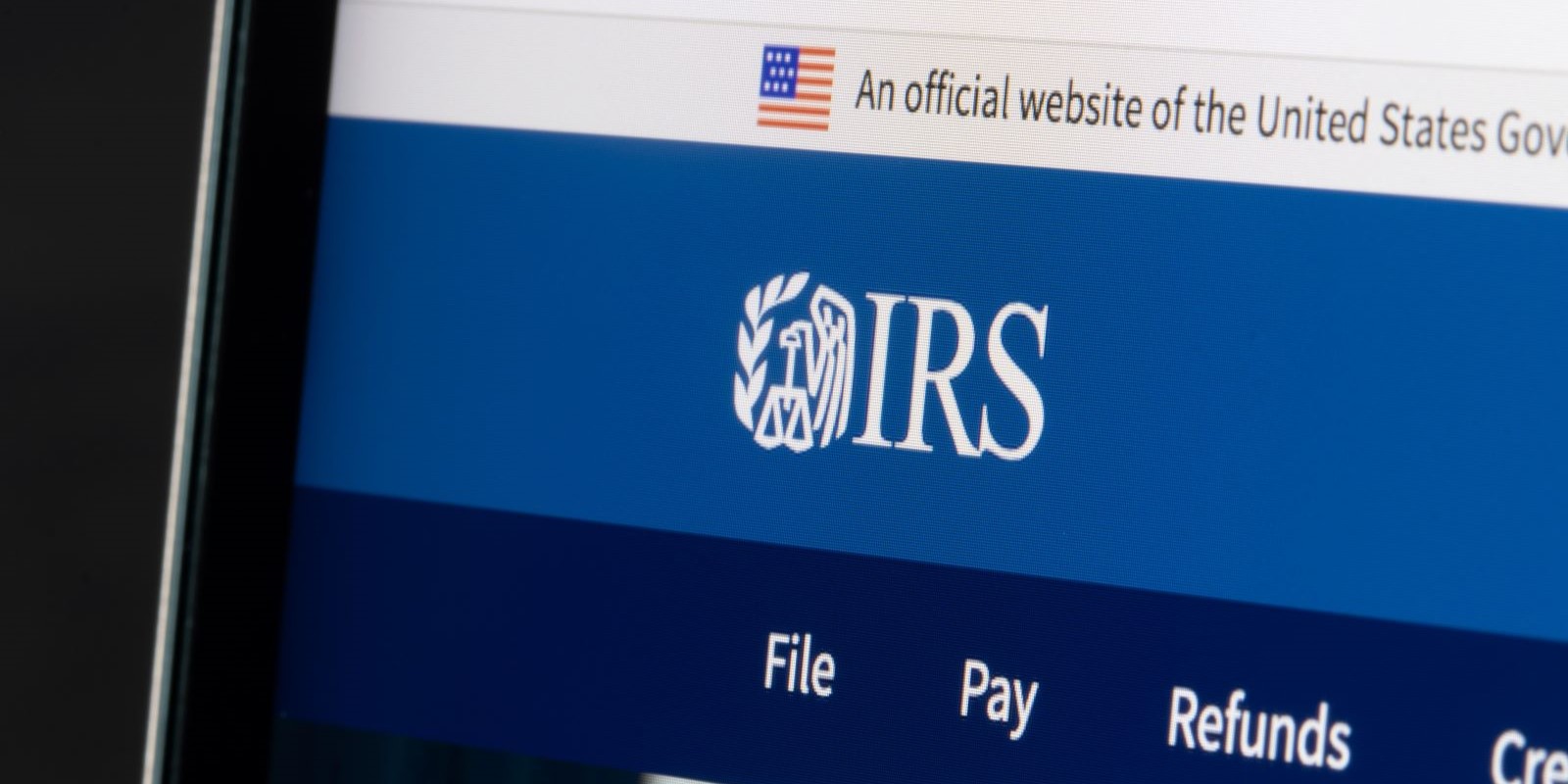Proposed Regulations Offer Guidance on Worthless Debt for Regulated Financial Institutions

The IRS has issued proposed regulations providing guidance on whether a debt instrument is worthless for federal income tax purposes. The new rules are necessary to update the standard for determining when a debt instrument held by a regulated financial company or a member of a regulated financial group will be conclusively presumed to be worthless. Regulated financial institutions include banks, other financial institutions and insurance companies under supervision of federal regulatory agencies or state agencies with similar oversight standards.
Bad Debt Deduction
Sec. 166 of the Internal Revenue Code allows a deduction for bad debts that become worthless during the tax year. For businesses, the deduction is allowed for partially worthless debts that get charged off during the year (Individuals get no deduction until a debt becomes completely worthless.). The issue addressed by the regulations is how businesses and the IRS determine whether a debt is worthless. The new rules revise the existing standards for determining worthlessness for regulated financial institutions.
Currently, there are two alternative conclusive presumptions of worthlessness for bad debt. First, a debt is conclusively presumed to be worthless if the business charges off a debt either (1) in obedience to the specific orders of regulatory authorities, or (2) in accordance with the established policies of those authorities, and those authorities upon audit confirm in writing that the charge-off would have been subject to specific orders. Second, banks may elect to use a method of accounting that establishes a conclusive presumption of worthlessness for debts if the supervisory authority has made an express determination that the bank applies loan loss classification standards that are consistent with regulatory standards.
New Standards for Worthlessness
The new standards adopted by the IRS for the conclusive presumption of worthlessness are those used for charge-offs under Generally Accepted Accounting Principles (GAAP). For insurance companies not subject to GAAP, the Allowance Charge-Off method is used, which comes from the National Association of Insurance Commissioner’s (NAIC) Accounting Practices and Procedure Manual.
The proposed rules defines “charge-off” as an accounting entry for a taxable year that reduces the basis of the debt when the debt is recorded as a loss asset on the applicable financial statement of the regulated financial company. For regulated insurance companies, the term charge-off is defined as an accounting entry that reduces the debt’s carrying value and results in a realized loss or a charge to the statement of operations that is recorded on the regulated insurance company’s annual statement.
Note that the proposed rules do not address when a debt instrument qualifies as a security and do not change the scope of debt instruments covered under the Sec. 166 bad debt rules.
Conclusion
The purpose of the regulations is to coordinate federal tax standards used to determine the worthlessness of debt instruments held by regulated financial companies with other regulatory and accounting standards for loan charge-offs. While the non-tax standards changed over the years, the tax standards did not. Now, the IRS seeks to fix that problem. Taxpayers can rely on the proposed rules until final regulations are issued for tax years ending after December 28, 2023. The IRS has requested public comments on the rules due before the end of February.
Explore related insights
-
IRS Targets Basis Shifting: New Reporting Requirements for Partnership Distributions
Read more: IRS Targets Basis Shifting: New Reporting Requirements for Partnership Distributions
-
Frazier & Deeter Names Jeremy Jones as Incoming Managing Partner
Read more: Frazier & Deeter Names Jeremy Jones as Incoming Managing Partner






